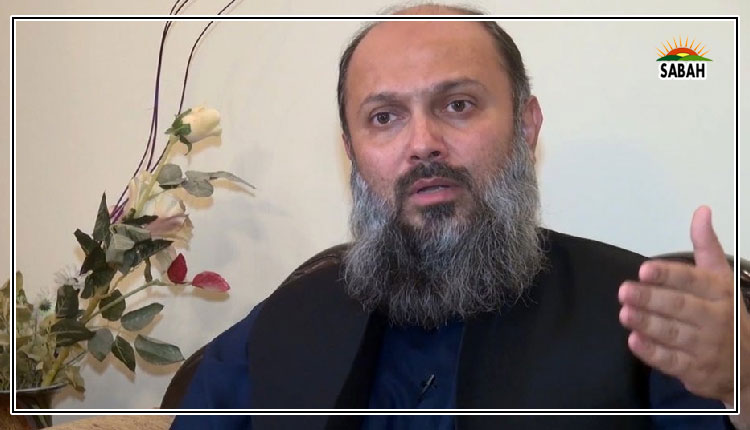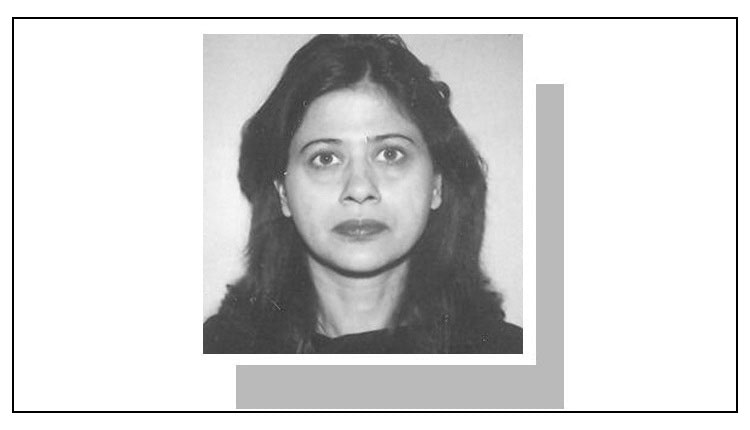Autism and the law…Rukhsana Shah
THE UNDP Disability and Development Report 2024 is mind-boggling. Given Pakistans slide into ignominy, the country itself seems to be falling through the gaps of strange-sounding global developmental indices such as Percentage of countries with mechanisms to assist persons with disabilities using electricity-run assistive devices during a power cut, internet cafes that are accessible to wheelchair users, and those who use selected ICT skills on a weekly basis, etc. The chasm is even wider in relation to the use of computer tablets, internet, universal design, inclusion, financial independence and access to justice.
Speaking of justice, Pakistan inherited a legal structure that is now outdated and impervious to the needs of persons with physical disabilities and neurodivergent disorders. Although specific legislation has been enacted in recent years to protect the rights of Persons with Disabilities, including neurodivergent disorders such as autism, ADHD, dyslexia and IDD, the overall legal framework is insensitive and inflexible to their special needs.
These people are missing from the Juvenile Justice System Act, 2018, Sindh and Punjab Destitute & Neglected Children Acts, 1955 and 2017, KP and Balochistan Child Protection Acts, 2016, PPC, 1860, CrPC, 1898, Prisons Act, 1894, and the Jail Manual, 1978.
In recent years, there have been references to autism in the context of child custody, as in a case at the LHC wherein Justice Shan Gul observed that autism is a lifelong state and it is not an illness but a neuro diversity, a different way of being, requiring care and dedication. However, as there is little awareness about autism and other invisible disorders in Pakistan, the criminal justice system generally does not know how to deal with them.
World Autism Awareness Day was observed yesterday.
Autistic persons can have communication problems, anxiety, fear, poor short-term memory, sensory sensitivity, low eye contact and bizarre behaviours; they may cover their ears with their hands and pretend not to hear your questions. An unfriendly or prolonged interrogation could trigger a flight or fight response, which can get them into trouble with the law.
In 2019, police arrested Salahuddin, a young man from Rahim Yar Khan, for theft at an ATM. He died of torture in police custody a few days later. Salahuddins parents said he was mentally unbalanced, but there had been no proper diagnosis. Psychologists would say he displayed classical traits of autism because he effectively manipulated the ATM machine (high functioning autism), laughed at the camera (bizarre behaviour) and later displayed agitation and bewilderment all within the ambit of autism spectrum disorder. A diagnosis of ASD is relevant to legal proceedings even if the person is very bright or high functioning. Evidence shows that a person may not have formed the criminal intent to commit a crime the mens rea which would diminish their culpability and attract diversionary measures. Most people with ASD who engage in crimes may do so as part of the symptoms of their disorder, particularly those related to poor executive functioning, lack of emotional regulation, cognitive challenges and weak understanding of right and wrong.
In the US, people with neurodivergent conditions have seven times more contact with LEAs than those with other disabilities, while in the UK, 50 per cent adults and 70pc juvenile offenders have behaviour and communication problems related to autism, ADHD and brain injury. This over-representation is also found in custodial settings and prisons. Given the high prevalence of neurodivergence and mental illness in Pakistan, similar statistics would emerge in the prison population of the country and in LEAs and the criminal justice system if a survey were conducted.
Specific recommendations to amend existing laws were given in the Child Care Commission Report headed by Dr Parvez Hassan in 2018. For example, the Juvenile Justice System Act 2018 must take cognisance of persons with disabilities, criminal culpability must be assessed by a team of mental health professionals and CCTV cameras must be placed and monitored in shelters; Prison Rules, 1978 must ensure that jail premises are accessible and disability-friendly, report a child born in jail with a disability, etc, and the PPC must be overhauled as two-thirds of persons in prisons are under trial.
The government should set up a task force to bring about legal, judicial and prison reforms so that persons with disabilities and neurodivergent conditions do not fall through the cracks of our criminal justice system. Existing laws must be amended to accommodate them, and the police, prison staff and legal community including the judiciary need to be given specialised training to cater to their special needs.
Courtesy Dawn












